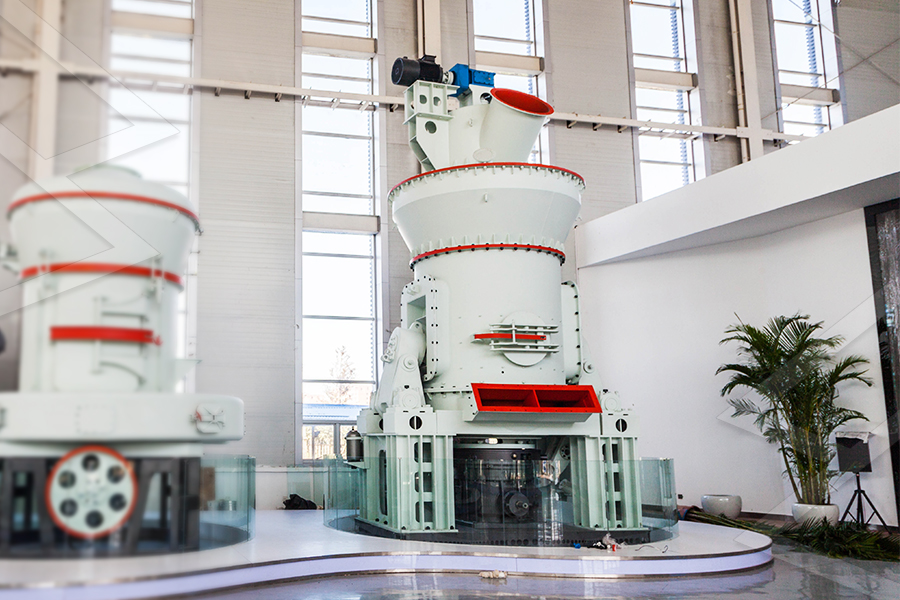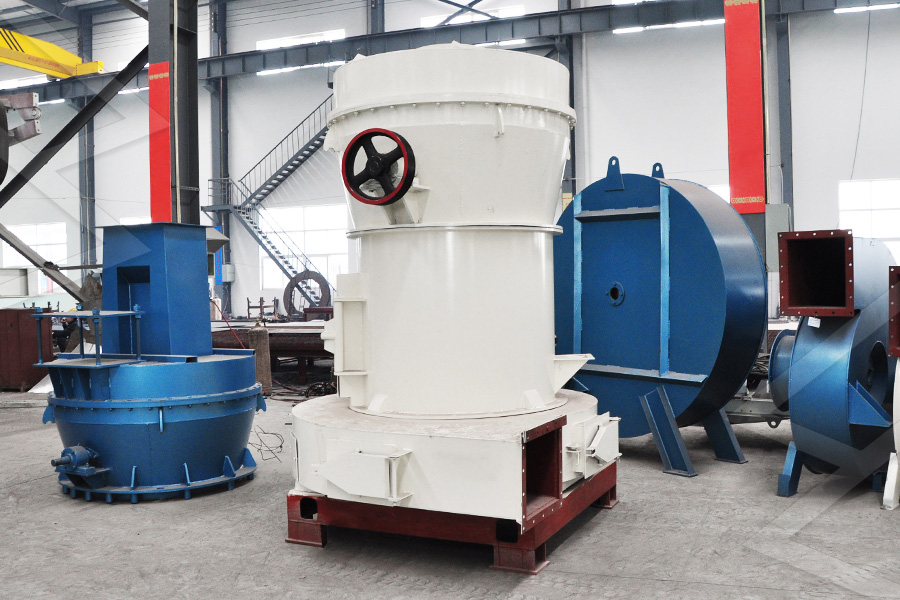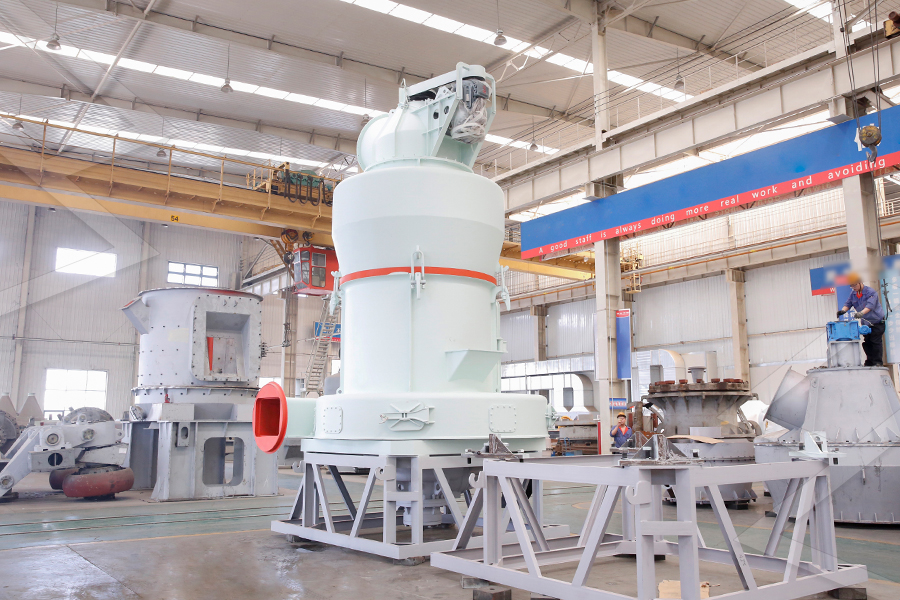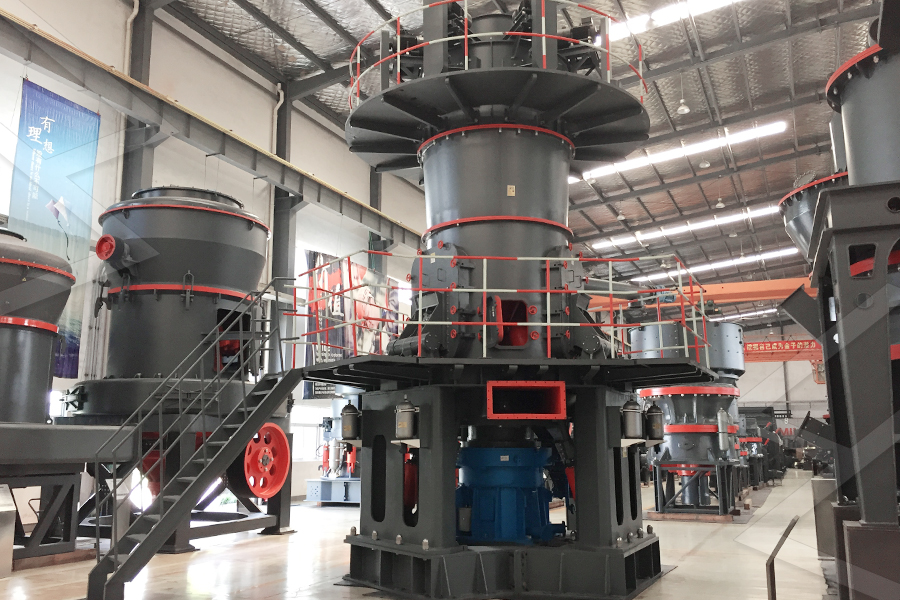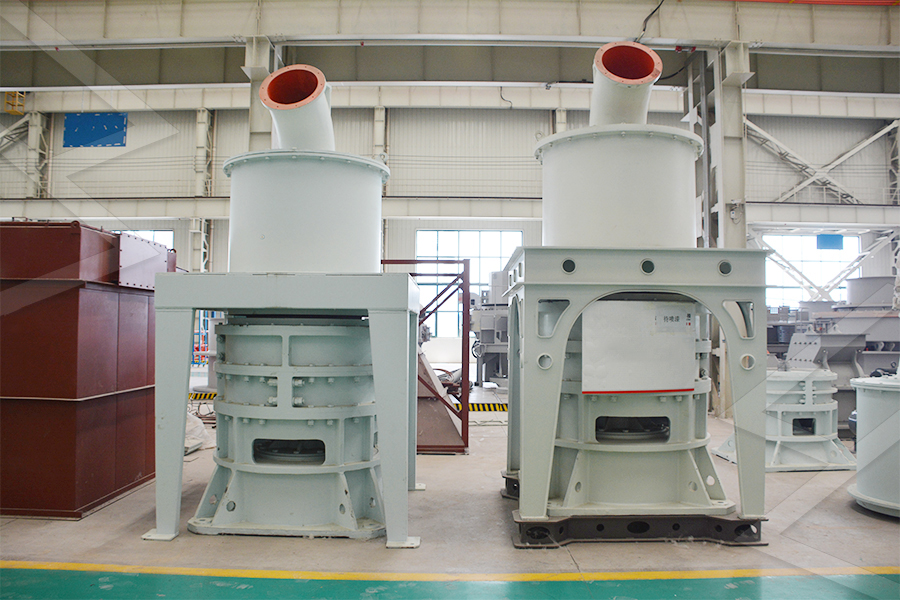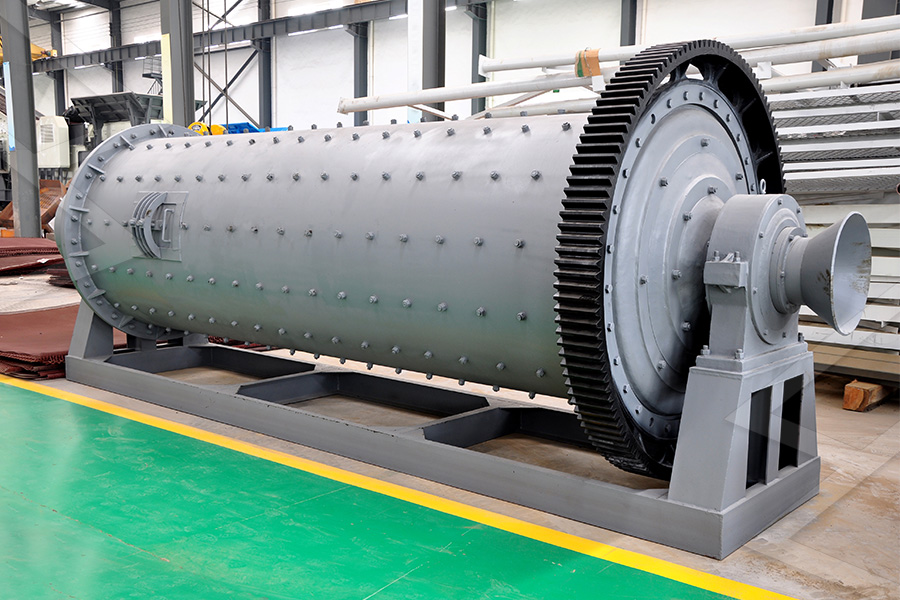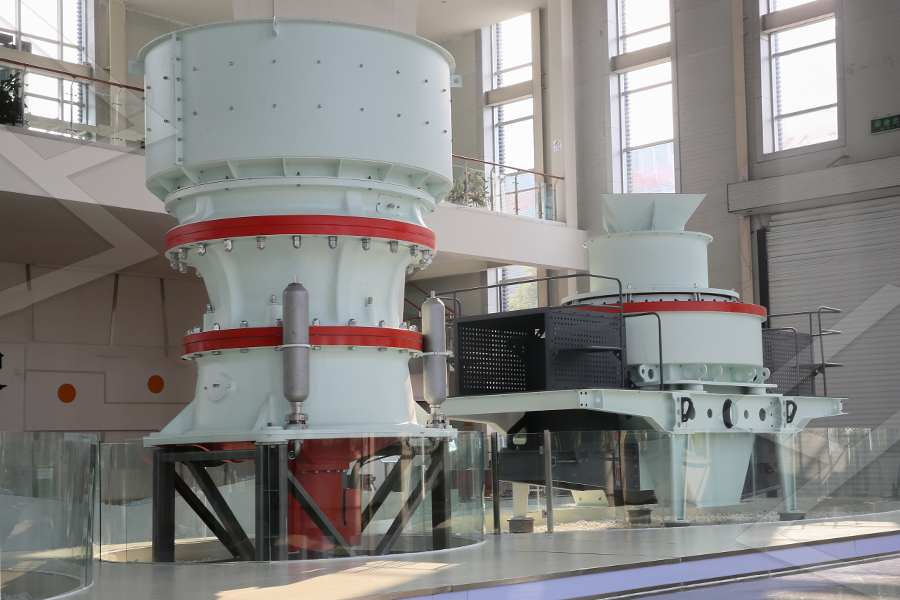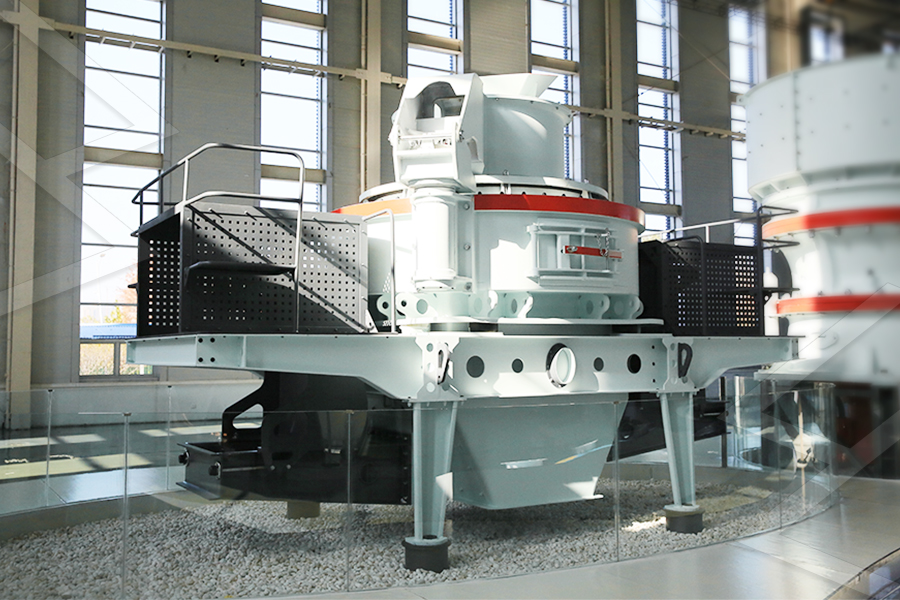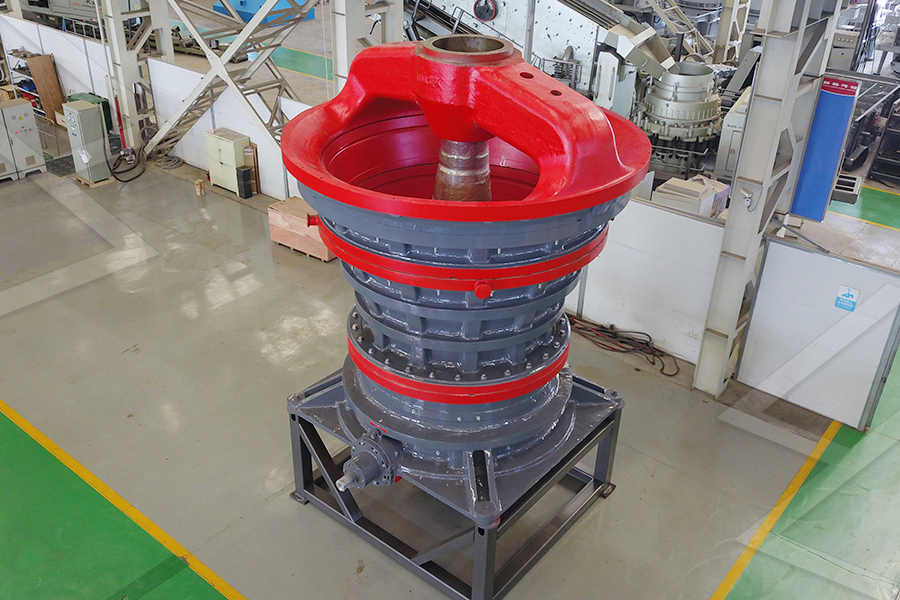Project Rationale and Circular Economy Focus
Marble processing generates significant waste (20-30% of quarried marble is discarded as offcuts or dust), which often ends up in landfills. This project addresses both waste management and construction demand by processing marble waste into high-quality filler. The construction manufacturer specified 100-mesh (150 μm) fineness because: (1) It blends easily with concrete (coarser particles can create voids, finer particles increase water demand); (2) It improves concrete’s compressive strength (by 5-10% when added at 10% dosage). The 12 TPH capacity allows the project to process 288 tons of marble waste per day, reducing landfill usage by 105,120 tons per year.
Raw Material and Waste Collection
Raw material is sourced from three local marble quarries and two processing plants, consisting of: (1) Quarry waste: 50-200mm marble blocks rejected for aesthetic reasons (e.g., cracks, color variations); (2) Processing waste: 10-50mm offcuts from slab production and marble dust (collected via bag filters). The marble waste has a CaCO₃ content of 95-97% (similar to natural limestone) and a moisture content of 6-8% (higher for dust waste).
Pretreatment involves sorting and crushing: (1) Sorting: Marble waste is separated by type (white marble for light-colored concrete, gray marble for standard concrete) to ensure consistent color; (2) Crushing: Quarry waste is crushed to 20-30mm using a jaw crusher, and processing waste is crushed to 10-20mm using an impact crusher; (3) Drying: A rotary dryer (heated by natural gas) at 120°C reduces moisture to <1%—moisture can cause clumping in the grinding mill.
Grinding System and Process
The project uses a ball mill with a length of 5 meters and a diameter of 1.5 meters—selected for its ability to handle variable feed sizes (marble waste has inconsistent particle sizes) and produce uniform powder. The ball mill is filled with ceramic balls (alumina, 92% purity) to avoid iron contamination (iron can cause rust stains in concrete). The mill operates at 26 rpm, with a filling rate of 32% (ceramic balls).
